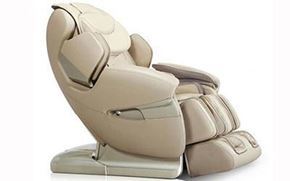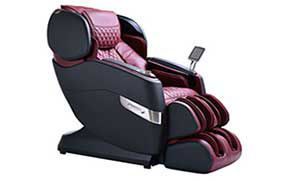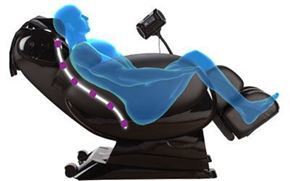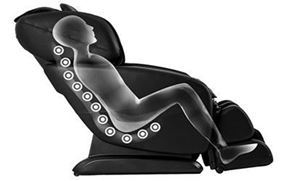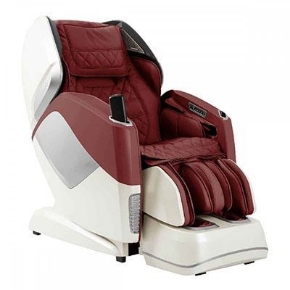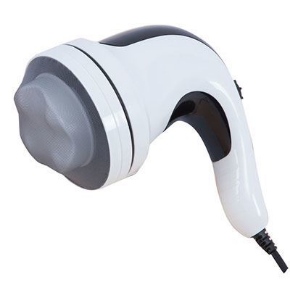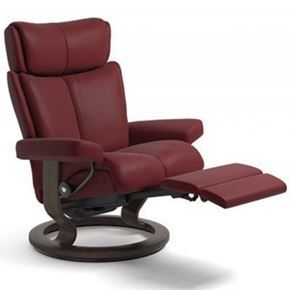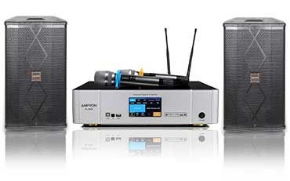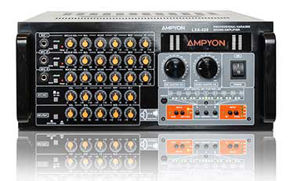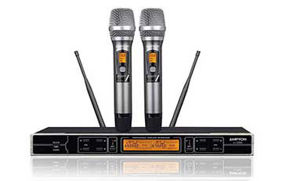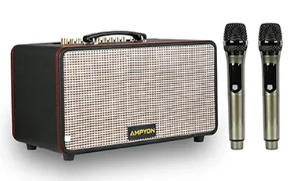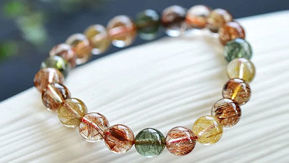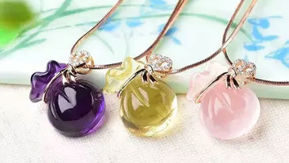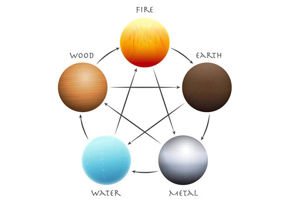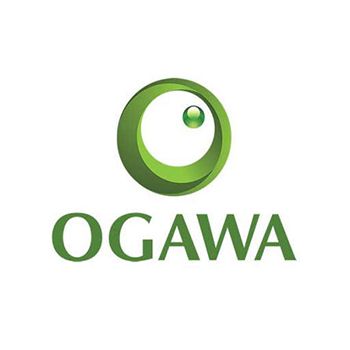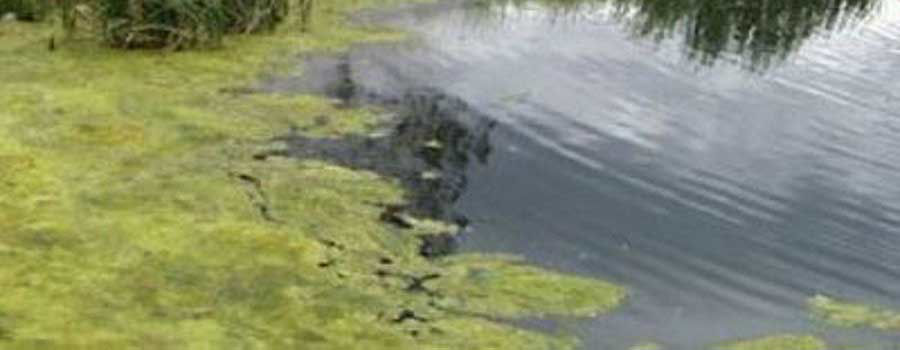
When you install a new pond, the water you use will be full of nutrients that algae feed on. Exposing the pond to sunshine makes the pond even more susceptible to them, and they will all flock to the feast. Just like plants, algae are living organisms that obtain energy from the sun via photosynthesis that is carried out.
Due to the similarities, it is believed that other kinds of plants evolved from algae. However, the algae don’t have the kind of organs higher plants have. More so, they are quite different in their cellular components. Meaning, algae can either be unicellular or multi-cellular, and they can form in colossal groups and blooms.
Despite the bad reports about algae, there are some benefits they bring to your water garden, such as absorbing ammonia nitrates and phosphates, as well as providing food for fish. Yet, the disadvantages surpass the advantages. These disadvantages include stealing light from aquatic plants, changing the pH levels, exhausting the oxygen from plants, suffocating plants, clogging filters, and making your pond water look dirty and murky.
WHAT CAUSES ALGAE GROWTH?
Algae use photosynthesis technique to convert sunlight energy into chemical energy. Pond algae can be categorized into two, namely:
- Green Water
This type of algae is so tiny that they can escape even the best filter or net. They usually need nutrients and sunlight to enhance their growth.
- String Algae
This is also known as hair algae. It stretches out as long strands and tends to tangle together.
HOW TO CONTROL POND ALGAE
There are various techniques in which pond algae can be controlled. It is recommended that you combine multiple methods to make combat algae faster and effectively.
- Ultra Violet Pond Lighting
This is an effective method of minimizing pond algae. UV rays decelerate plankton development; thus, limiting the growth and strength of the algae.
- Water Treatments
For effective results, it is advised to sue different kinds of water treatment. Water treatments can be used even for the most dangerous and stubborn forms of algae, including string algae and water algae. Just make sure you know the right dosage that needs to be applied to treat algae.
- Control the Levels of Nutrients
Excess feed given to your fish can increase the growth of pond algae. The food and nutrients deposited at the bottom of your pond enriches the pond, making it good for the algae. Feed your fish with the exact amount of food they require. Do your calculations by carrying out series of experiments.
- High Temperatures
During the winter months, ponds are usually free from algae. This is because algae can’t thrive in cold temperatures. The more sun your pond gets, the warmer it becomes, and this rise in temperature is exactly what the algae needs to thrive. Surround your pond with plants and shrubs that will create shade and block sunlight. Always remember that algae like the sun!
- Pond Aeration
Quiet water is another major factor causing the growth of algae. When there is a movement in your pond, the movement and growth of algae can be disrupted through the water. You can place waterfalls, pond fountain, aerator or any other features that can aerate the pond and cause movement on the water. In small amount, algae are typical component of the pond, but in large numbers, they can be devastating. In fact, they can damage the ecosystem of the body of water and make the pond’s appearance unattractive.
Other methods involve:
Copper is another effective toxin to algae that has been historically proven. However as of late, some algae have found a method of adaptation to copper. In fact, copper is also toxic to harmless bacteria.
Add tadpoles and snails to your pond to eat the algae.
Remember to always clean up your pond – a clean pond will house fewer algae. Avoid hazardous chemicals by using a fish pond vacuum to thoroughly clean your pond. Some make use of power washer or a high pressure nozzle for a yearly pond clean-up.
Use a pond skimmer to prevent debris.
Adding rocks to your pond will create a good habitat for nutrient-eating bacteria.
The use of pond treatments is another decent option. However, you have to be very careful since some pond treatments have effects on the plants and fish. When it comes to total destruction of algae in the pond, algaecides are the most effective. However, these chemicals are harmful to the fish, plants, and other harmless creatures in the pond. Hence, when you use algaecides or algae treatments, immediately remove the remains of the affected algae, else they will cause imbalance in the ecosystem of your pond. Beneficial bacteria are still your best bet as they are considerably safer for ponds compared to algaecides. And, where fishes are concerned, they are much safer.
DON'TS IN POND ALGAE CONTROL
- Ultraviolet clarifier should only be used to destroy the floating algae if you have zero ammonia. UV clarifier can be harmful to beneficial bacteria.
- Do not use algaecide (unless you are ready to remove the deal algae immediately after use) because it can harm the plants and the fish in your pond. Dead algae accumulate and create an organic sludge at the base of the pond.
- Do not change your pond or clean it up using tap water. It can destroy the pond’s beneficial bacteria.
- Do not change the pond’s water at once; rather, change the water halfway using well water.


